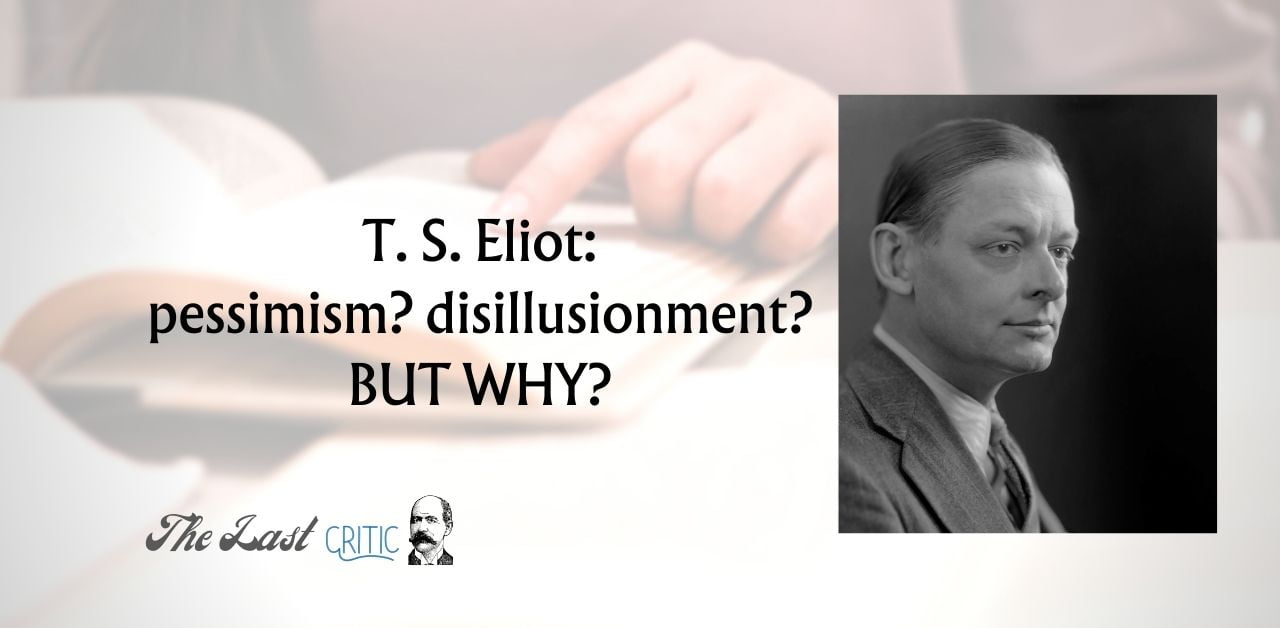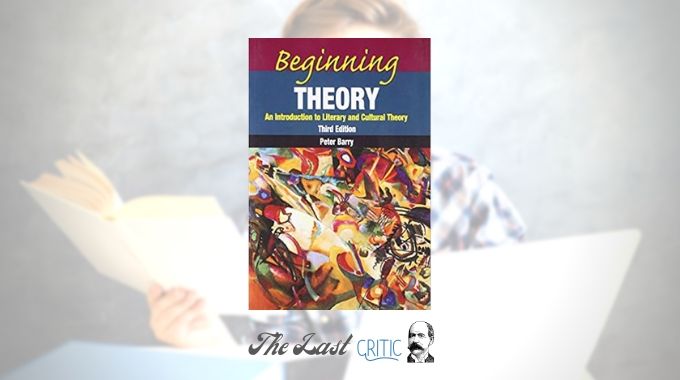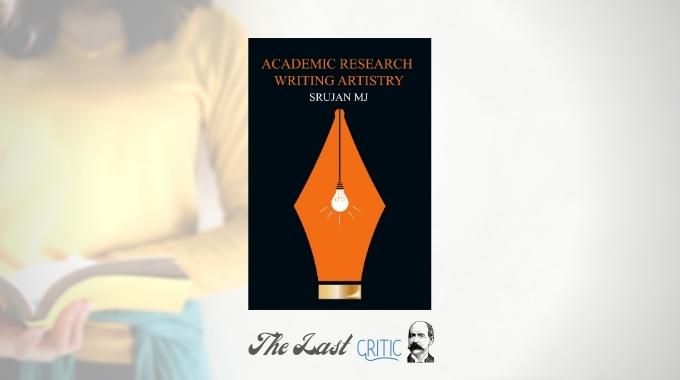
T S Eliot – in the frenzy and dismay of life’s ailments!
Whatever T. S. Eliot might have been throughout his life, many believe he was an ardent pessimist at the beginning of his career. Let’s examine this argument… with both sides on the table so that we don’t miss any important aspect of this important conversation. First of all, it is an undeniable fact that T.S. Eliot’s literary career indeed began with a tone of pessimism and disillusionment. Many blame it on the lessons he learnt at the universities and many believe it was so because he was deeply anguished and affected by World War I. And, to be safe and sound in terms of arguments, we will examine some of the most famous works by Eliot to see whether the pessimism charge holds or falls flat. We will examine works such as “The Love Song of J. Alfred Prufrock” and “The Waste Land.” These poems reflect the prevailing sentiment of despair and disillusionment in the aftermath of World War I. Let’s delve into these references to support this argument:
Before you read the article, here is a detailed analysis of Eliot’s works with a biographical sketch: T. S. Eliot
1. “The Love Song of J. Alfred Prufrock” (1915):
In this poem, Eliot introduces readers to J. Alfred Prufrock, a character plagued by a sense of futility and purposelessness. For the reference, let’s have a look at the opening lines:
“Let us go then, you and I,
When the evening is spread out against the sky
Like a patient etherized upon a table,”
Once you read these lines, the atmosphere that the poet presents immediately sets a tone of existential unease. Prufrock’s inner monologue is replete with references to his own inadequacies, the fear of rejection, and the perceived meaninglessness of life. These themes reflect a deep-seated pessimism about the human condition.
2. “The Waste Land” (1922):
What many believe to be Eliot’s magnum opus, “The Waste Land,” is a poem that epitomises the disillusionment and fragmentation of the post-World War I era. The poem is known for its complex structure, rich allusions, and stark portrayal of a world in decay. Lines like “April is the cruellest month” and “I will show you fear in a handful of dust” capture the sense of desolation and hopelessness that prevailed in the aftermath of the war. Eliot’s portrayal of a world in disarray underscores his pessimistic outlook during this period. These eerie and grotesque details capture the mood of the poet as well as a reflection of the society wonderfully, and yet sadly.
3. The Influence of World War I:
The impact of World War I on Eliot’s early works cannot be overstated. The war, with its unprecedented scale of destruction and loss of life, left an indelible mark on the collective consciousness of the era. Many writers and artists, including Eliot, responded to the war’s horrors with a sense of disillusionment. They grappled with the question of whether traditional values and beliefs had any meaning in a world that had witnessed such devastation.
4. Eliot’s Evolution:
While Eliot may have begun his literary career with a pessimistic outlook, his perspective evolved over time. His conversion to Anglicanism and his exploration of spirituality and faith marked a significant turning point in his life and work. His later poems, particularly “Ash Wednesday” and “Four Quartets,” reveal a more profound and spiritually oriented exploration of the human condition. These later works reflect a transition from pessimism to a more complex and spiritually nuanced worldview.
What did others believe about T. S. Eliot’s pessimism?
Let us also examine a few prominent personalities’ opinions about Eliot’s disillusionment and pessimism. Since Eliot was a very influential personality, it is only due that we discuss not only what he did but also what and how others perceived his works and compositions. Ezra Pound, a close friend and mentor to Eliot, recognised the pessimistic undertones in Eliot’s early poetry. In a letter to Harriet Monroe, Pound wrote about Eliot’s poem “The Love Song of J. Alfred Prufrock,” stating, “It is very good and presents the usual feelings and set of beliefs. Eliot, in common with almost all of us, is not happy.” This acknowledgement by Pound, who played a significant role in Eliot’s literary career, underscores the prevailing sense of unhappiness and pessimism in Eliot’s early work. Another one, F.R. Leavis, a prominent literary critic, also commented on the pessimism in Eliot’s poetry. In his essay “T.S. Eliot: The Poet as Moralist” (1932), Leavis discussed the moral and spiritual concerns in Eliot’s work. He noted that Eliot’s early poems “The Love Song of J. Alfred Prufrock” and “The Waste Land” conveyed “the disillusionment and melancholy of an intelligent generation” and that Eliot’s poetry revealed a “deepened sense of the moral problem of our time.” Leavis’s analysis acknowledges the pervasive sense of disillusionment in Eliot’s poetry.
In conclusion, T.S. Eliot’s early works do indeed exhibit a tone of pessimism and disillusionment, which was characteristic of the post-World War I period. However, it is important to recognise that Eliot’s literary journey was marked by a significant transformation in his outlook, culminating in a more spiritually oriented perspective in his later works. This evolution underscores the depth and complexity of his literary and philosophical exploration.
Written by Siddhartha for The Last Critic


